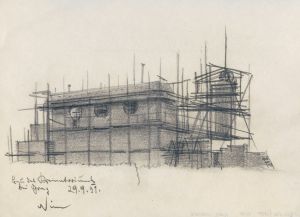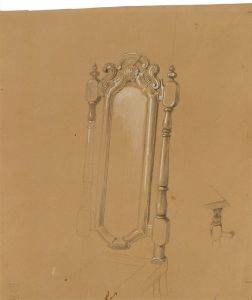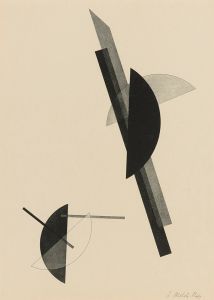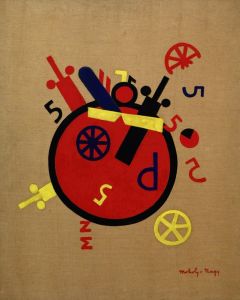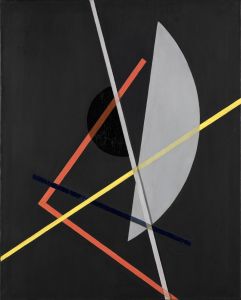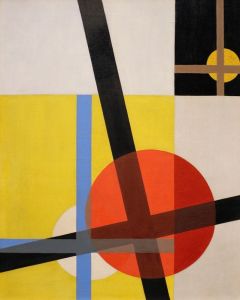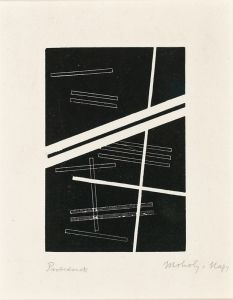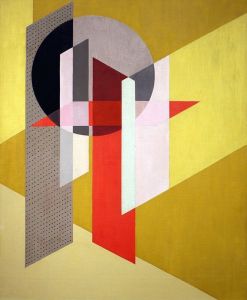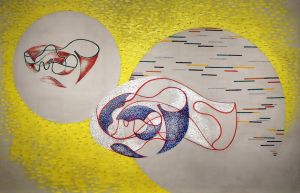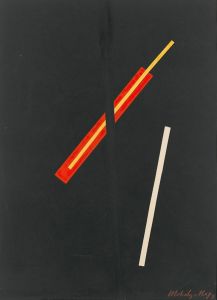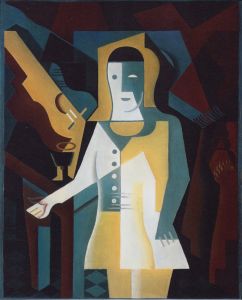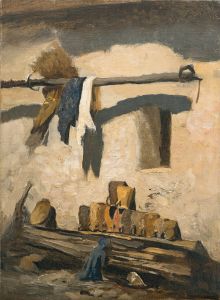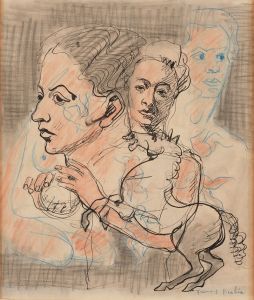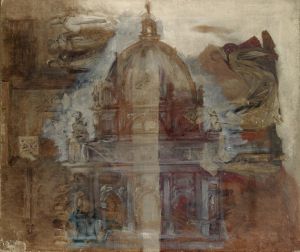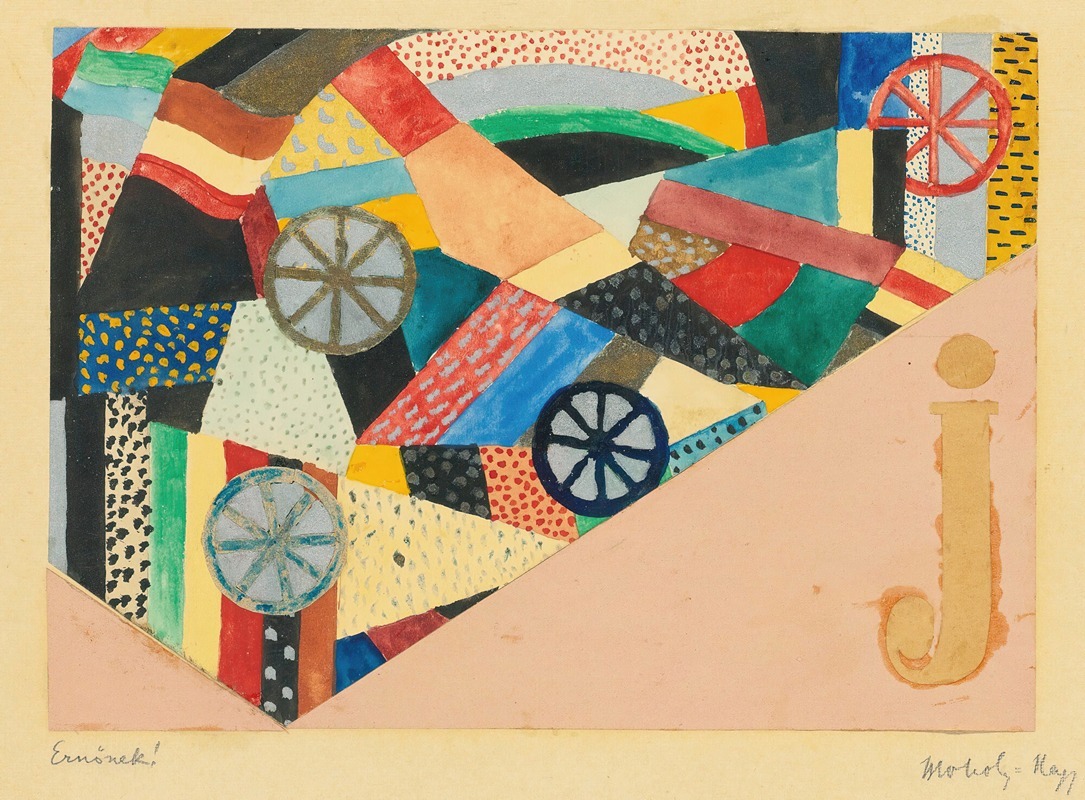
Untitled )
A hand-painted replica of László Moholy-Nagy’s masterpiece Untitled ), meticulously crafted by professional artists to capture the true essence of the original. Each piece is created with museum-quality canvas and rare mineral pigments, carefully painted by experienced artists with delicate brushstrokes and rich, layered colors to perfectly recreate the texture of the original artwork. Unlike machine-printed reproductions, this hand-painted version brings the painting to life, infused with the artist’s emotions and skill in every stroke. Whether for personal collection or home decoration, it instantly elevates the artistic atmosphere of any space.
László Moholy-Nagy was a Hungarian painter and photographer, as well as a professor in the Bauhaus school. He was highly influenced by Constructivism and a strong advocate of the integration of technology and industry into the arts. Moholy-Nagy's work encompassed a variety of media, including painting, photography, film, sculpture, and graphic design. His innovative approach and experimental techniques have left a lasting impact on modern art and design.
One of Moholy-Nagy's notable works is "Untitled," a painting that exemplifies his commitment to abstraction and his exploration of light, space, and form. While specific details about this particular piece are scarce, it is known that Moholy-Nagy often employed geometric shapes, bold colors, and a dynamic sense of composition in his artworks. His use of industrial materials and techniques was revolutionary at the time and reflected his belief in the potential of new technologies to transform artistic practice.
Moholy-Nagy's "Untitled" likely features his characteristic style, which includes the use of transparent and opaque planes, intersecting lines, and a sense of movement. These elements create a visual tension and harmony that challenge traditional notions of perspective and representation. His work often blurs the boundaries between painting and sculpture, as he sought to create a new visual language that could express the complexities of the modern world.
Throughout his career, Moholy-Nagy was deeply involved in the Bauhaus movement, where he taught and collaborated with other leading artists and designers of the time. The Bauhaus was a revolutionary school of art, architecture, and design that emphasized the unity of art and technology. Moholy-Nagy's contributions to the Bauhaus included his innovative use of photography and film, as well as his development of new teaching methods that encouraged experimentation and interdisciplinary collaboration.
In addition to his work at the Bauhaus, Moholy-Nagy also made significant contributions to the field of photography. He was a pioneer of photograms, a technique that involves placing objects directly onto photographic paper and exposing them to light. This process creates unique, abstract images that capture the interplay of light and shadow. Moholy-Nagy's photograms are considered some of the most important examples of early experimental photography.
After leaving the Bauhaus, Moholy-Nagy continued to explore new artistic possibilities in various locations, including Berlin, London, and Chicago. In 1937, he founded the New Bauhaus in Chicago, which later became the Institute of Design. This institution carried forward the Bauhaus principles and played a crucial role in shaping modern design education in the United States.
László Moholy-Nagy's legacy is marked by his relentless pursuit of innovation and his belief in the transformative power of art and technology. His work, including pieces like "Untitled," continues to inspire and influence artists, designers, and educators around the world.





